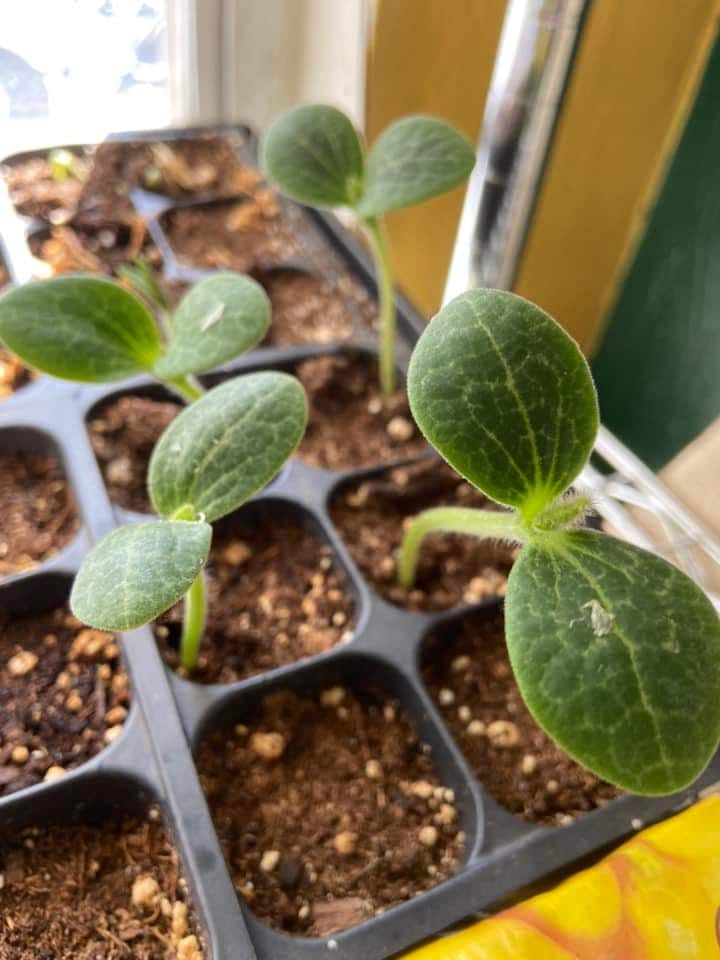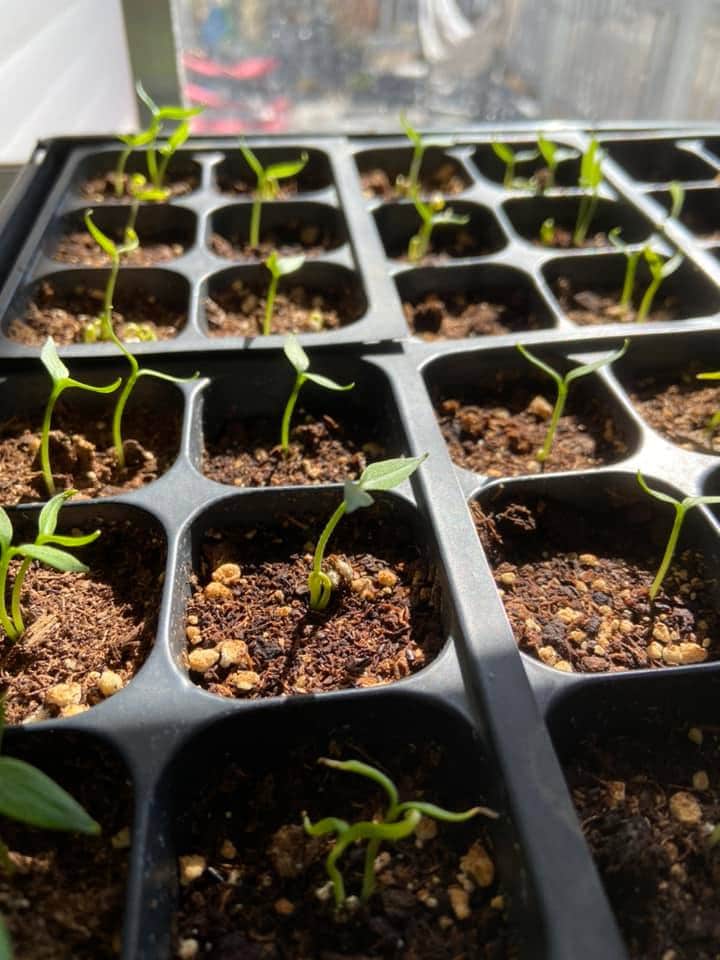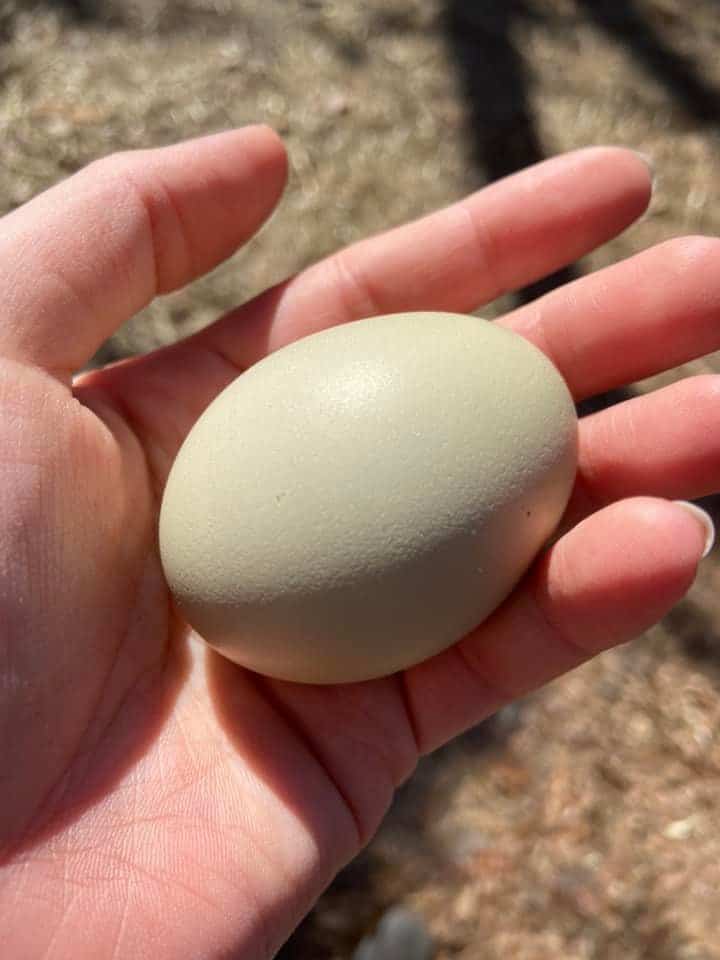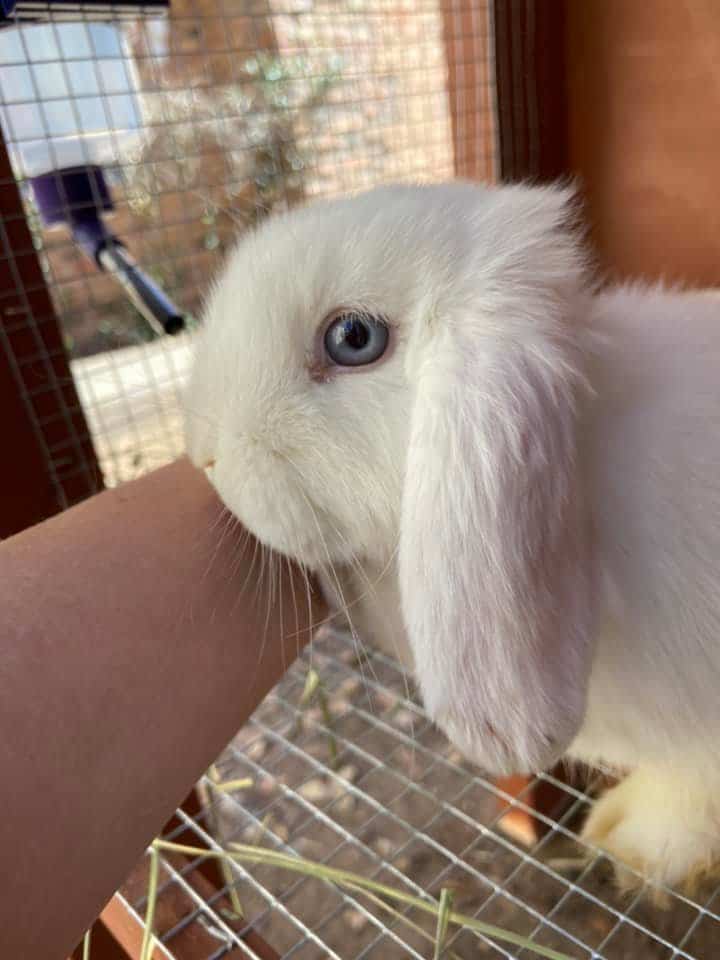I don’t know about you, but I am ready for the spring! Oklahoma has been teasing us with beautiful 70 degree days and then suddenly drops it’s temps into the 20s and below. We have ad several weeks of 70 degree weather with snow the next day already this year. I thought Ohio was unpredictable when it came to weather. Yet, Oklahoma truly takes the award for most unpredictable weather!
This year, I am hoping to be able to document more of our urban homestead journey. We are working hard to turn a 1/4 acre of urban home into a permaculture focused urban homestead. This will be our second year on this journey. One of the hardest parts of starting an urban homestead is figuring out where to start and what projects are most valuable or time sensitive. There are dozens of things that I would love to start all at once, but that is just not sustainable energy or finance wise!
We are working to narrow down our biggest goals of the year. Some examples would be introducing quail and/or bees to the urban homestead and planting fruiting trees. There are big projects that I am trying to figure out if it would be best to start them before I begin my journey in midwifery school, during, or after. Bees might be my biggest goal because there is just SO much to learn prior to bringing them onto your land.
Anyhow! Here are some of our current projects taking place now that things are warming up on our little urban homestead!


One of my favorite parts of the end of winter is getting to plan the gardens of the upcoming year and starting seeds. There is just something so heartwarming about seeing your first little seedlings sprout up through their dirt.
It is hard not to start ALL the seeds as soon as warm temperatures hit. I have to fight myself not to instantly start a million seeds out first warm day each year. This year I only started seeds that need 12-8 weeks before going out after the last frost.
As of right now, we have thyme, jalapeño, strawberry, and crookneck squash seeds started. By mid-March, we will start almost a dozen other different seed types including tomatoes, more peppers, flowers, and herbs. There are also some seeds that we need to direct sow like corn and edamame.
During the winter months, our ladies went on break from laying eggs. While we definitely missed having their fresh eggs in the kitchen each day, I am glad they were able to refocus their energy on warming their bodies during the winter months. I have been told by other chicken farmers that when chickens stop laying in the winter, it also extends their lifespan.
I am totally happy that the girls got a little winter vacation and extended their lives. We really do love them!
Now that the days are becoming longer and warmer, they are beginning to lay again. Out of our eight hens, we are getting two or three eggs a day so far this week.
Only a few more weeks and we could be eating quiche again!


Meet our newest addition, Snow Angel! This is our daughter’s very first pet that we adopted for her birthday last month. Snow Angel is a nine week old pedigree Holland Lop. I am so thankful we were able to find her the perfect little bun for her birthday. She has been wishing and dreaming of a white bunny with blue eyes ever since her big brother received his for his birthday 2 years ago.
We love having rabbits on our urban homestead because they make incredible fertilizer for our gardens! We spoil them with all kinds of fresh veggies and herbs, alfalfa, and pellets and they gift us with powerful fertilizer that has boosted all our veggies.
This sweet little Holland Lop baby will not be as massive as our Checkered Giant cross, Oryx. Holland Lops only reach 2-4lbs while Oryx is near 15lbs.
My amazing husband hand built a rabbit hutch for this sweet girl that I will be sure to tell you all about in a future post! He did such a great job! I am so thankful that he is so talented at making almost anything!
Read more about Holland Lops Here
We have so much more planned for this year, including new raised beds, fruit trees, a new animal type, and tons of herbs! I am also really excited expand my pollinator garden this year as well, which will benefit my future bee babies whether we get them this year or next year.